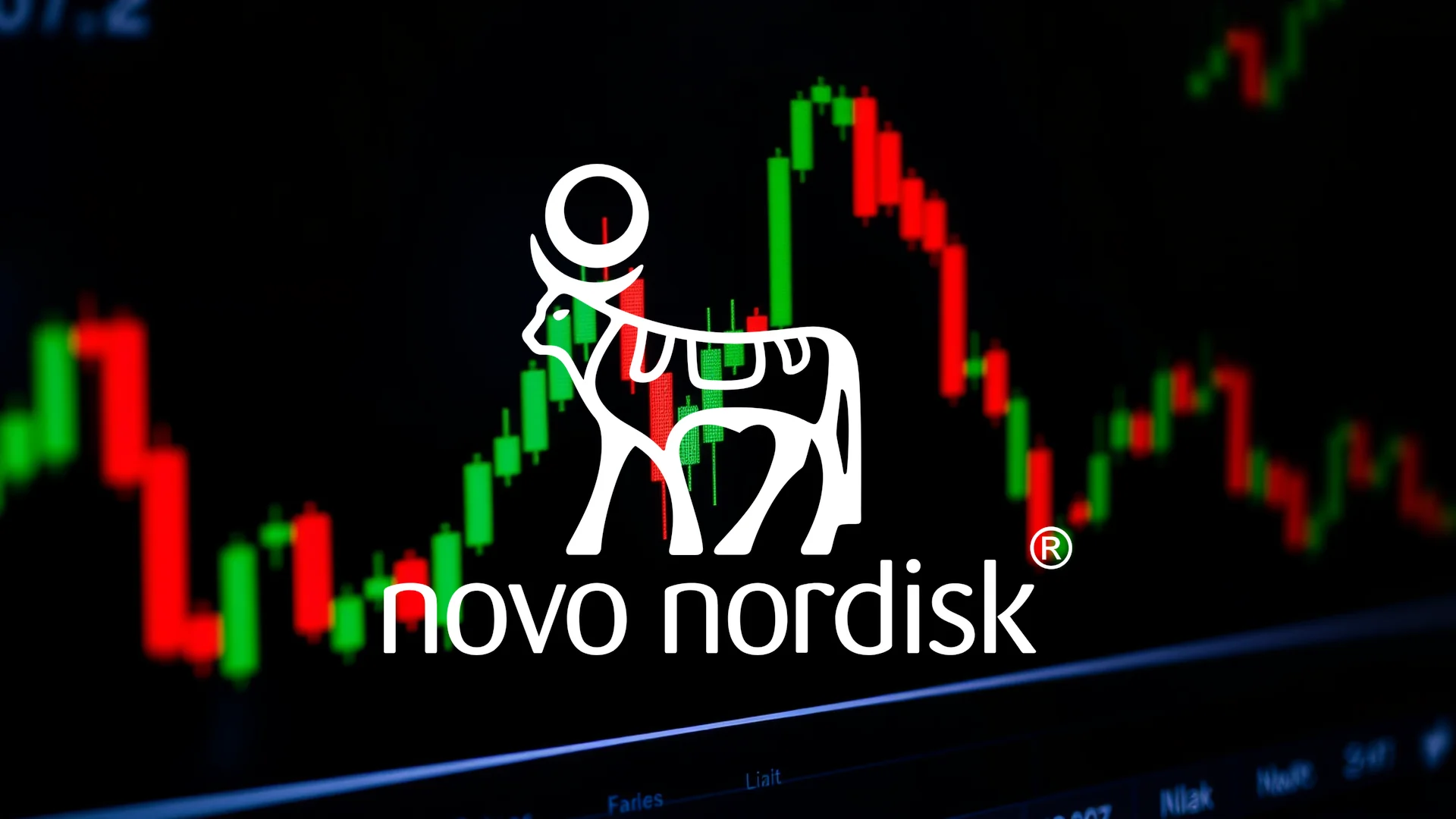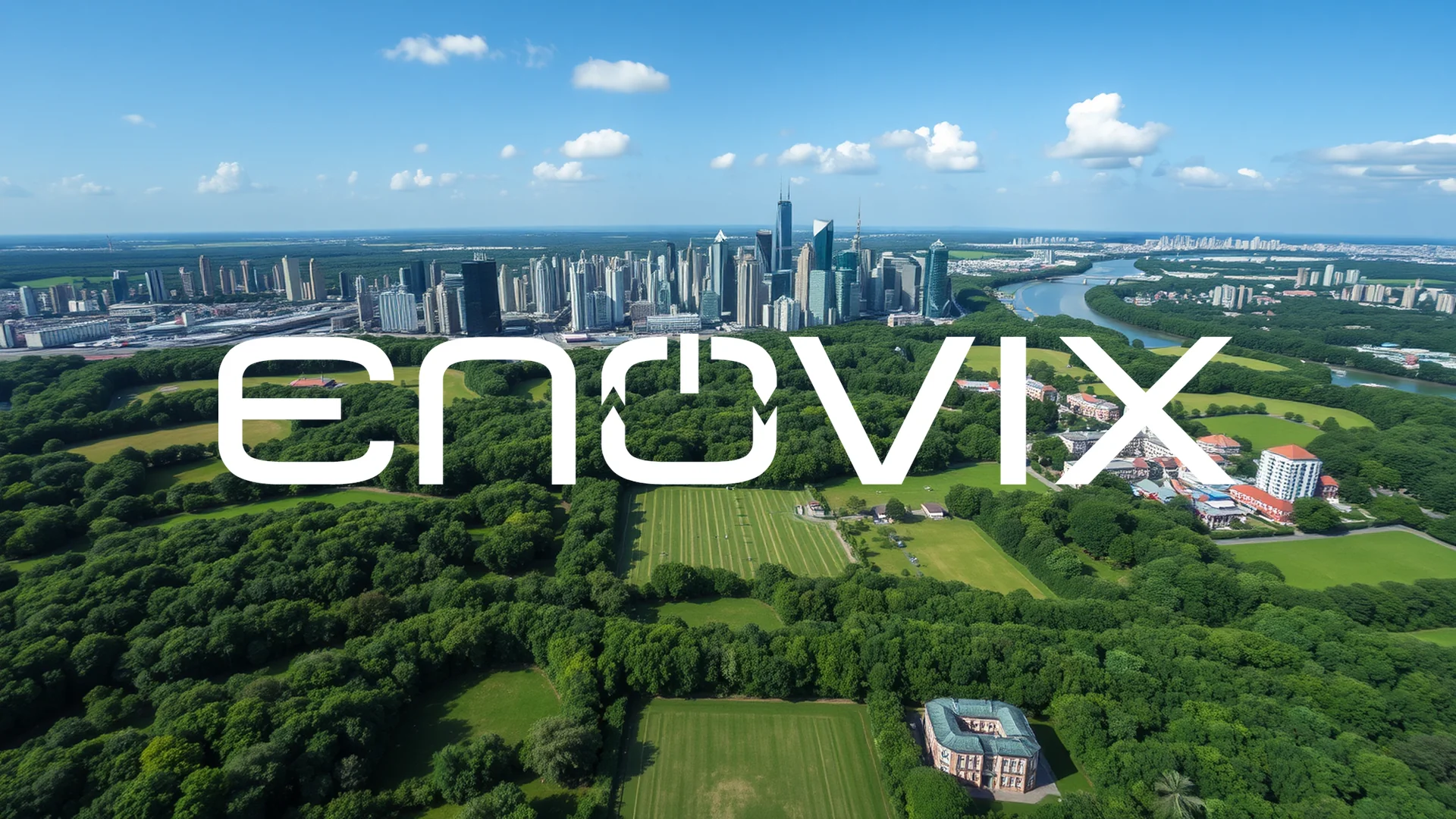Following a prolonged period of stock market correction that tested investor resolve, Microsoft’s leadership is initiating a profound internal transformation. CEO Satya Nadella is consolidating authority in a decisive move to accelerate the company’s strategic ambitions, particularly in the critical field of artificial intelligence.
Centralized Command for Accelerated AI Ambitions
The cornerstone of this new direction is a significant flattening of the corporate hierarchy. Under the revised structure, approximately 16 senior executives will now report directly to Nadella, a setup that market observers have characterized as a “war room” approach. This organizational shift is designed with clear objectives:
- Eliminate bureaucratic obstacles that have historically impeded product development cycles.
- Facilitate faster integration of AI technologies across all business segments, from the Azure cloud platform to consumer applications.
- Enhance competitive responsiveness against both established rivals like Google and emerging startups.
For financial markets, this restructuring sends an unambiguous message: Microsoft is transitioning from experimental phases to rigorous execution, focusing on demonstrating tangible returns from its substantial investments in AI infrastructure.
Strategic Realignment: Exiting WhatsApp Integration
Concurrent with its internal reorganization, Microsoft is implementing a notable strategic pivot. The company will discontinue the integration of its Copilot AI assistant within WhatsApp, effective January 2026. While superficially appearing as a retreat, financial analysts interpret this as a shrewd consolidation effort.
This maneuver allows Microsoft to concentrate resources on its proprietary platforms where monetization pathways are more clearly defined. Security considerations are equally influential. Corporate clients have expressed apprehension regarding potential data vulnerabilities from autonomous AI agents. By emphasizing isolated “Agent Workspaces” and a “Secure by Design” methodology, Microsoft aims to directly address these concerns and strengthen its position as the preferred, secure enterprise AI provider.
Should investors sell immediately? Or is it worth buying Microsoft?
Analyst Confidence Amid Executive Transactions
Despite recent volatility that saw share values decline more than 8% over a 30-day period, the fundamental investment thesis remains compelling for many market experts. This perspective is reinforced by the company’s decision to raise its quarterly dividend to $0.91 per share.
Prominent financial research firms maintain positive outlooks:
* Wedbush continues to identify Microsoft as a foundational holding, dismissing concerns about an AI market bubble.
* Jefferies sustains its substantial price target of $675, suggesting significant appreciation potential from the current trading level near €419.
A contrasting element emerges from recent regulatory filings detailing stock sales by CEO Nadella and President Bradford L. Smith. Although such transactions frequently serve portfolio diversification purposes, they attract heightened scrutiny while the stock trades notably below its 50-day moving average of approximately €438.
Investment Outlook
While bullish sentiment is attempting to reestablish dominance, conclusive evidence of success remains forthcoming. The market now observes whether this streamlined command structure can effectively translate billions in AI expenditure into accelerated revenue growth. The crucial indicator will be how rapidly these organizational changes manifest in the growth metrics of Microsoft’s Azure cloud division.
Ad
Microsoft Stock: Buy or Sell?! New Microsoft Analysis from November 26 delivers the answer:
The latest Microsoft figures speak for themselves: Urgent action needed for Microsoft investors. Is it worth buying or should you sell? Find out what to do now in the current free analysis from November 26.
Microsoft: Buy or sell? Read more here...










